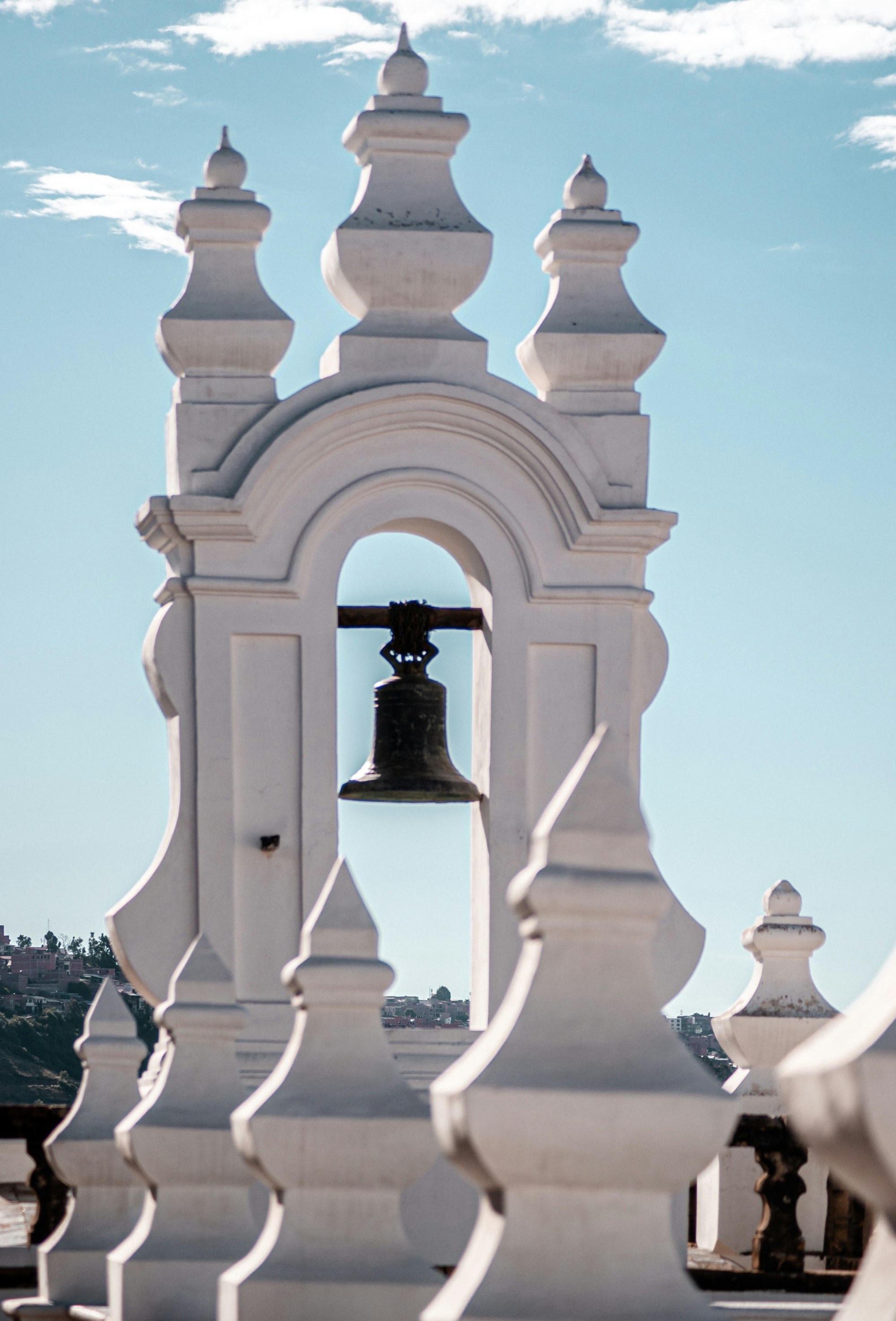Discover Sucre: A Guide to Bolivia's Historic Capital

Discover Sucre: A Guide to Bolivia's Historic Capital

Introduction to Sucre
Sucre, the constitutional capital of Bolivia, is an enchanting city nestled in the heart of the Andes at an elevation of 2,810 meters (9,214 feet) above sea level. Known for its colonial architecture, rich history, and vibrant culture, Sucre offers an authentic Bolivian experience to travelers.
Declared a UNESCO World Heritage Site in 1991, Sucre boasts well-preserved buildings dating back to the Spanish colonial period. The city's cobbled streets, tranquil plazas, and panoramic views of the surrounding mountains create a picturesque atmosphere that attracts visitors from all over the world.
Exploring Sucre's Historic Sites
Sucre is home to numerous historic sites that showcase its unique cultural heritage. Start your journey at the Plaza 25 de Mayo, the main square and the heart of the city. Here, you'll find the impressive Metropolitan Cathedral, a magnificent example of colonial architecture. Take a moment to admire its grand facade and step inside to marvel at its ornate interior.
Next, make your way to Casa de la Libertad, a museum and former government building where Bolivia's declaration of independence was signed in 1825. Explore the galleries filled with artifacts, documents, and paintings that depict Bolivia's struggle for freedom.
No visit to Sucre is complete without a visit to Recoleta, a convent and viewpoint located on a hilltop overlooking the city. Enjoy panoramic views of Sucre while wandering the convent's peaceful gardens. Don't miss the opportunity to visit the museum inside, which showcases religious art and artifacts.
Immerse Yourself in Sucre's Culture
Bolivia is known for its vibrant indigenous cultures, and Sucre provides a perfect opportunity to immerse yourself in the local way of life. Visit the Mercado Central, a bustling market where locals gather to sell fresh produce, textiles, and handicrafts. Sample traditional Bolivian dishes such as salteñas (savory pastries) and chuño (dehydrated potatoes) from one of the market stalls.
For a deeper understanding of Bolivian culture and history, visit the Museo Textil Etnográfico, a textile museum that showcases the rich traditions and craftsmanship of indigenous communities. Marvel at the intricate weaving techniques and vibrant colors of the textiles on display.
In the evenings, head to Calle Audiencia, a lively street lined with restaurants, cafes, and bars. Enjoy an authentic Bolivian meal while soaking up the lively atmosphere and perhaps even catching a traditional music or dance performance.
Outdoor Adventures Near Sucre
Sucre's location in the Andes Mountains offers plenty of opportunities for outdoor adventures. Just a short distance from the city, you'll find the Parque Cretácico, a dinosaur-themed park. Explore life-sized dinosaur sculptures and learn about Bolivia's rich paleontological history.
For those seeking more adrenaline, take a day trip to Maragua Crater, a unique geological formation located southeast of Sucre. Hike to the crater's rim and marvel at the stunning views of the surrounding countryside. If you have more time, consider joining a guided trek that takes you through remote villages and breathtaking landscapes.
Climbing enthusiasts can challenge themselves by conquering the nearby Cerro Chataquila, a volcanic peak that offers magnificent views of the Andean range. The hike to the summit rewards climbers with panoramic vistas of Sucre and its surrounding valleys.
Getting Around Sucre
Sucre's compact size makes it easy to explore on foot. The city center is pedestrian-friendly, with many attractions within walking distance of each other. If you prefer a faster mode of transportation, taxis and local buses are readily available.
While Spanish is the official language spoken in Sucre, many locals also speak Quechua, the indigenous language. Brushing up on a few basic Spanish phrases can greatly enhance your experience and interaction with the friendly locals.
Conclusion
Sucre's beauty, rich history, and warm hospitality make it a must-visit destination in Bolivia. Immerse yourself in its colonial charm, explore its fascinating historical sites, and embark on outdoor adventures that will leave you with lifelong memories. Discover Sucre and unlock the treasures of Bolivia's historic capital.
